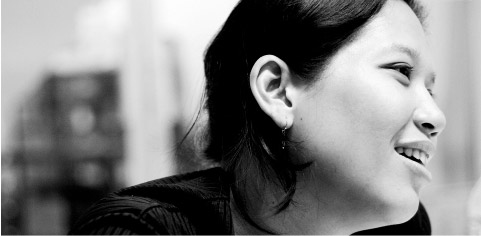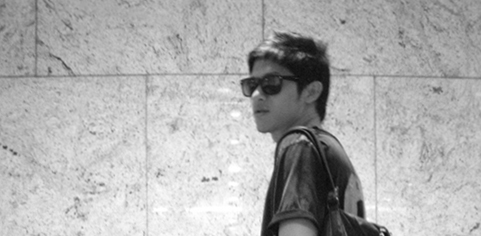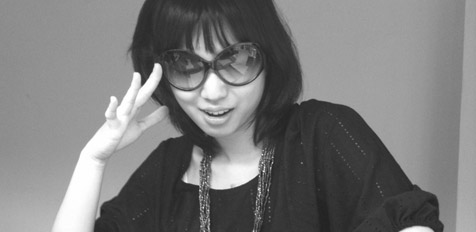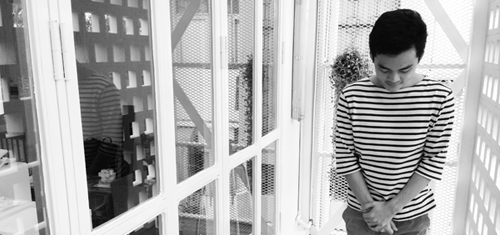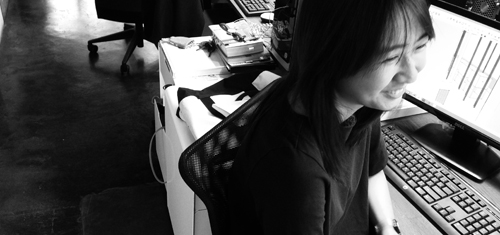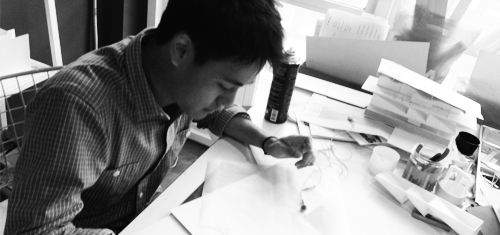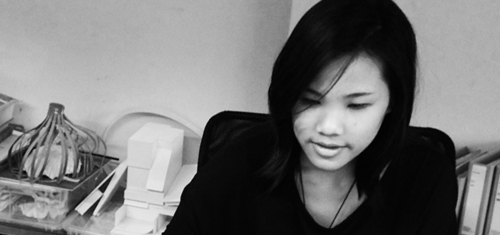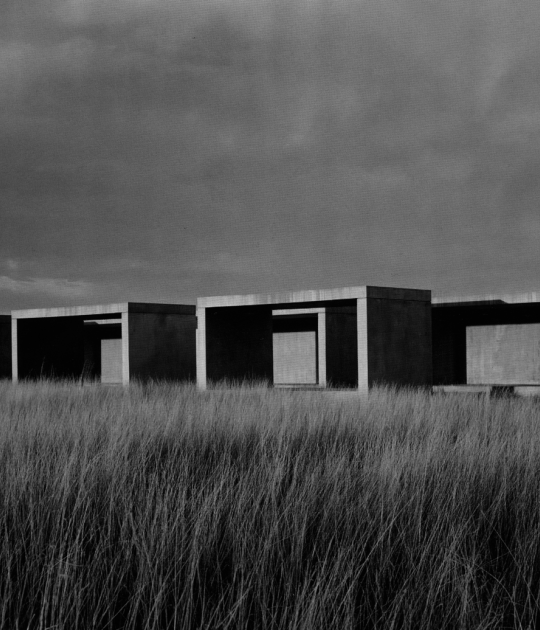Necessity has created innovative ways of facing the more and more expensive rents in Bangkok. For example, a 23-year-old Google employee is living in a truck in the company's parking lot and saves 90% of his income, leaving the rest of us mere mortals resigned to our fate.
This quick rise in the rent price may put the youngest professionals in a situation where they struggle to find places to live. In response to this situation, all(zone) created a simple tiny house that can easily pop up in a parking garage or inside one of the city's half-built abandoned buildings.
According to Rachaporn Choochuey, cofounder of All(zone).- "It is very difficult for young professionals to live with a bit of quality of life in the city. We noticed the issue and want to offer an alternative way of semi-temporary living."
When the members of the practice set up a prototype in an abandoned parking garage, two young designers volunteered to try living in it for a few days. After the experience, they were so satisfied with the tiny house that they even claimed that the dwelling had some advantages over typical apartment living, beyond the savings in rent.
Curators Sarah Herda and Joseph Grima have described it as a "site of experimentation". It has been presented in the Chicago Architecture Biennial, which features the work of more than 100 architects and designers around the globe. Light House is currently on display at the Chicago Architecture Biennial.
Description of the project by all(zone)
We are interested in a context where architecture stems from less solid materiality. Architecture is no different from furniture or utensils. A vernacular house is so light and flexible that it can be moved easily from one place to another. In the tropical climatic context, the vernacular house allows us to live in an environment soaking with lights and air. Investigation our contemporary vernacular built environment, we try to propose an alternative architecture where modernism is embraced with a lesser degree of rigidity and solidity.
Light House is a prototypical house for a person living in the urban area of Bangkok (or any big tropical metropolises). It is composed of several layers of light perforated walls, shaping the minimum living space of 11.52 sq.m. with shared water facilities. The different degrees of perforation of the walls give variations to space within by selective filtering of external elements.
Recent housing projects are so closely tied up with a global real estate investment that makes it almost impossible for a young middle-class or a new generation of urban poor to live in the city with what they earn. In addition, with the ever-changing social and economic situation, one’s lifetime investment in owning a house would no longer be valid. A more nomadic condition of living space is to be adopted. On the other side, several modern high-rise buildings are left idle in the middle of the city, either unfinished from over-and-over-again economic crashes or unoccupied because of obsolete building systems. These buildings are usually invaded by homeless or informal interventions.
The house is an attempt to create a new type of domestic space in a tropical metropolis. The half-temporary condition of Light House would be perfect to get settled in such condition of the unused buildings. It can be installed just quickly, lightly, loosely and freely on a platform and covered with a roof, in order to become an urban living unit for a short-medium term and to be dismantled and reassembled again in another site - a bit larger than moving a suitcase. The prototype house could lead to a new type of housing with less rigid materiality and energy, instead of a generic modern housing type.
The actual prototype was built in an abandoned parking structure in the middle of Bangkok. Two young design professionals, A and B, lived here for some days.





















